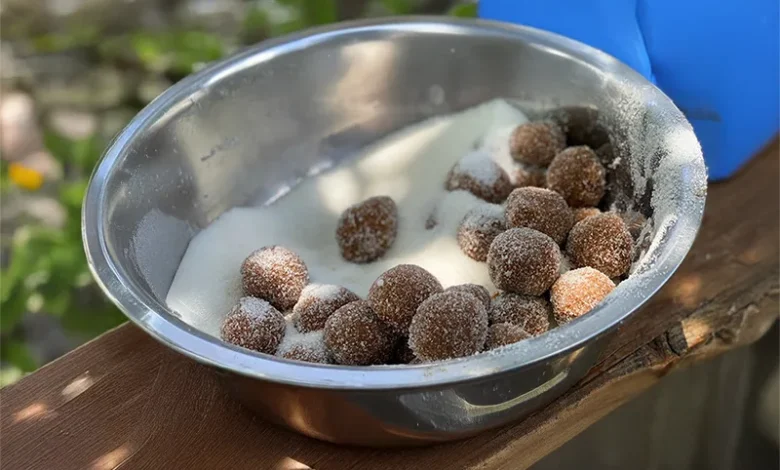Tamarind Balls

Tamarind Balls are a cherished confectionery throughout the Caribbean, known for their distinctive blend of sweet and tangy flavours. In Dominica, these treats are unique in the island’s culinary traditions, reflecting a rich cultural heritage and a deep connection to local ingredients.
Origins and Cultural Significance of Tamarind Balls
The tamarind tree (Tamarindus indica), though native to tropical Africa, was introduced to the Caribbean in the 16th century by Spanish colonizers. Over time, the fruit became integral to Caribbean cuisine, particularly in creating Tamarind Balls. These confections are more than just sweets; they evoke nostalgic childhood memories and are often associated with traditional celebrations and community gatherings.
Preparation and Ingredients
Crafting Tamarind Balls is a straightforward process that highlights the natural flavours of the tamarind fruit. The primary ingredients include:
- Tamarind Pulp: Extracted from the ripe pods, the sticky pulp is the foundation of the treat. It can be sourced by removing the shells and seeds from fresh tamarind pods or by purchasing seedless tamarind pulp from Caribbean or Asian markets.
- Sugar: Granulated sugar is mixed with the tamarind pulp to balance its natural tartness. Some variations use brown sugar for a deeper flavour profile.
- Optional Additions: To enhance the flavour, some recipes incorporate a pinch of salt, hot pepper, or even rum essence, adding complexity to the sweet and sour base.
Traditional Recipe
- Prepare the Tamarind: If using fresh tamarind pods, crack open the shells and remove the pulp, discarding the seeds. For convenience, seedless tamarind pulp can be used.
- Combine Ingredients: Combine the tamarind pulp with granulated sugar in a mixing bowl. The ratio can vary, but a common proportion is equal parts tamarind to sugar. Mix thoroughly until the sugar dissolves into the pulp, creating a cohesive, sticky mixture.
- Add Flavorings: Add optional ingredients, such as a pinch of salt for contrast or finely chopped scotch bonnet pepper for heat. Ensure even distribution throughout the mixture.
- Form the Balls: With clean hands, pinch off small portions of the mixture and roll them between your palms to form balls approximately the size of a marble. For a finishing touch, roll each ball in additional granulated sugar to create a sparkling outer layer.
- Set and Store: Place the finished Tamarind Balls on parchment paper and allow them to set for a few hours or overnight. This resting period helps them firm up and develop a crystallized exterior. Once set, store them in an airtight container at room temperature, where they can remain fresh for up to a week.
Health Considerations
Tamarind is rich in vitamins B1, B2, and B3 and minerals like copper, iron, and magnesium. However, due to the high sugar content in Tamarind Balls, it’s advisable to enjoy them in moderation.
Where to Find Tamarind Balls in Dominica
Tamarind Balls are widely available across Dominica. They can be found in local markets, roadside stalls, and during cultural festivals. In Roseau, the capital city, vendors often sell them near popular attractions and marketplaces. Many local shops and supermarkets also stock pre-packaged versions of this traditional treat.
Cultural Variations
While the basic recipe remains consistent, variations exist across the Caribbean. In some regions, Tamarind Balls are spiced with hot pepper for a fiery kick, while others may add traditional spices for depth. These regional twists reflect the diverse culinary traditions of the Caribbean islands.
Tamarind Balls are a quintessential Caribbean delicacy that encapsulates the region’s love for bold flavours and traditional sweets. Their simple preparation and the harmonious balance of sweet and sour make them a delightful treat for locals and visitors. Whether enjoyed as a nostalgic indulgence or a new culinary adventure, Tamarind Balls offer a taste of Dominica’s rich cultural tapestry.




